Application of Railway Train Data Collection and Analysis System Based on ASEva

ASEva System - Scene Data Collection and Extraction
The ASEva system is a self-developed, lightweight, highly reliable, and customizable collection and analysis comprehensive platform by Zeer. The system has a complete set of scene data collection and processing tool chains; Provide a toolchain for scene data collection, data annotation, scene extraction, cloud scene data post-processing, cloud data injection, scene simulation, scene generalization, and scene based functional analysis. It can extract, tag, and edit hundreds of driving scenes, and the extracted scene data is accurately synchronized, including video, CAN bus, audio, positioning information, etc.
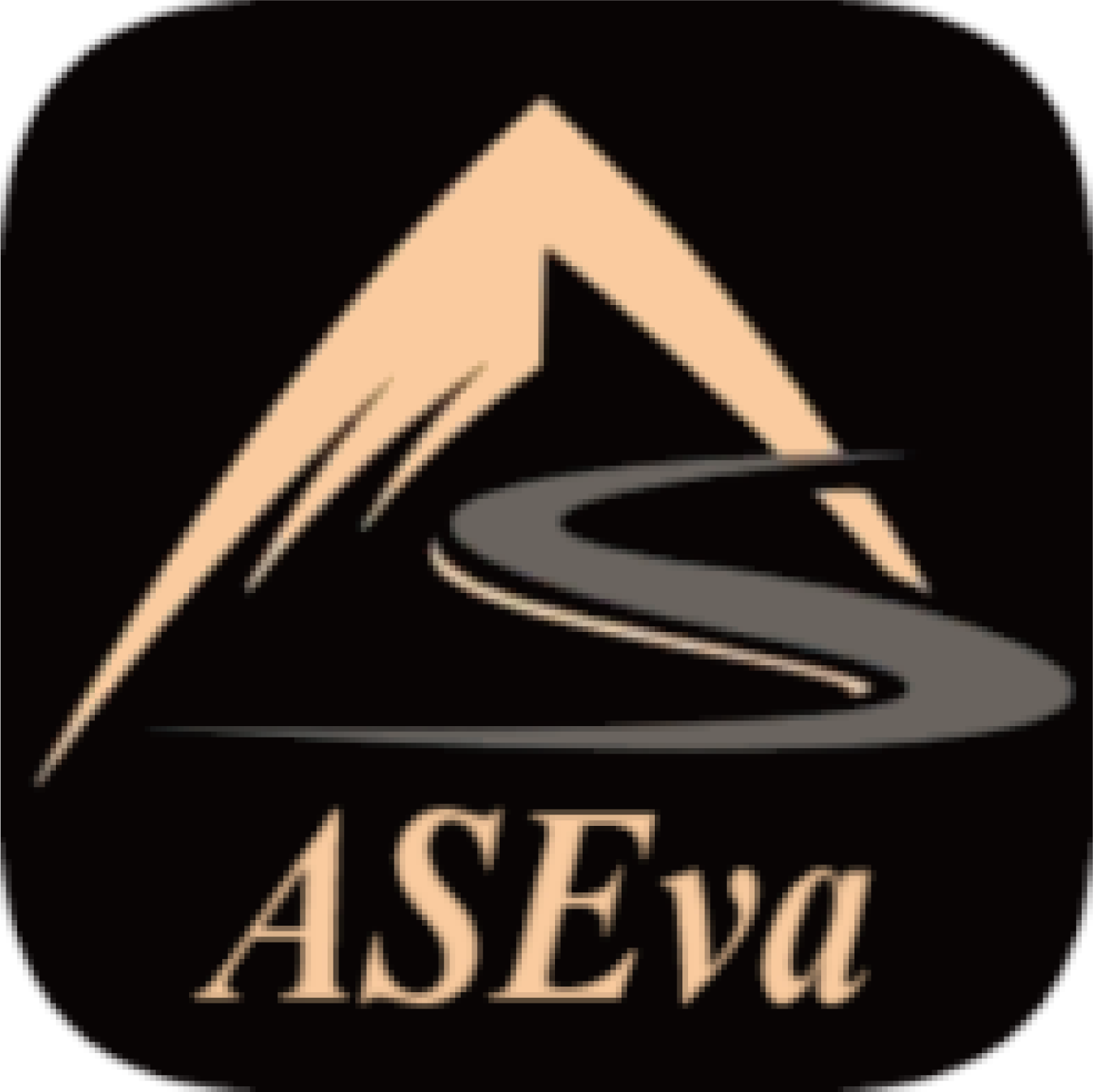 ASEva
ASEva
This experiment is the first application of the ASEva data acquisition and analysis system in the testing of a three-dimensional intelligent rail transit system.
Hardware composition
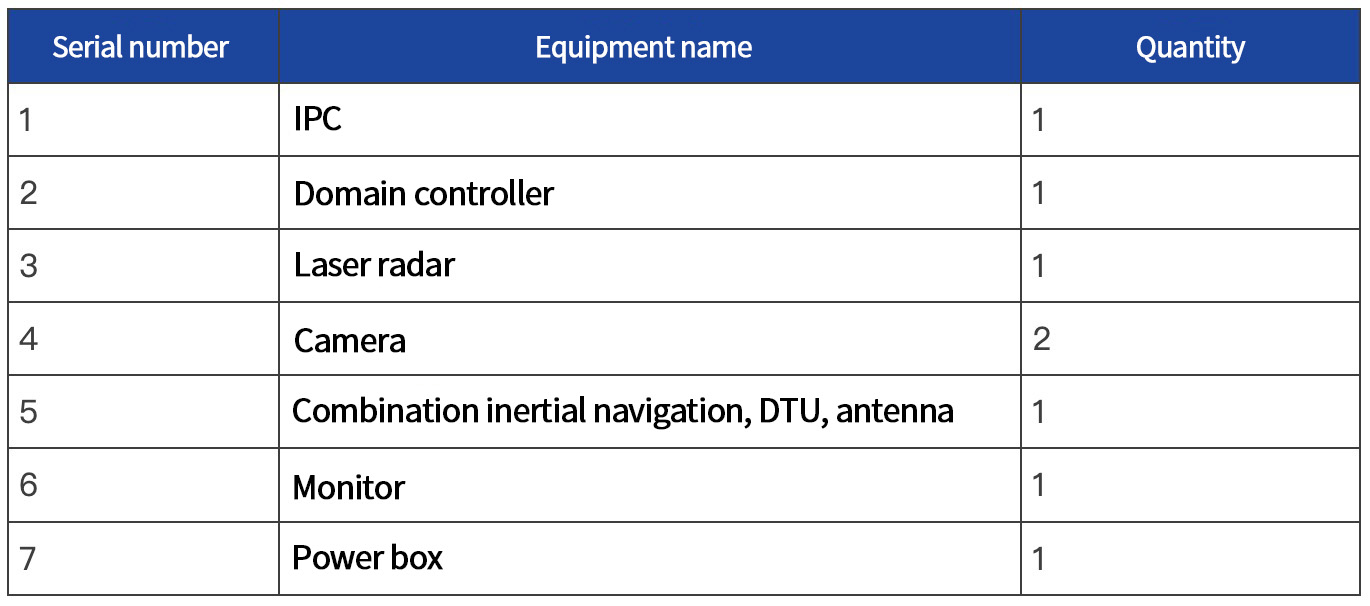
Product Features
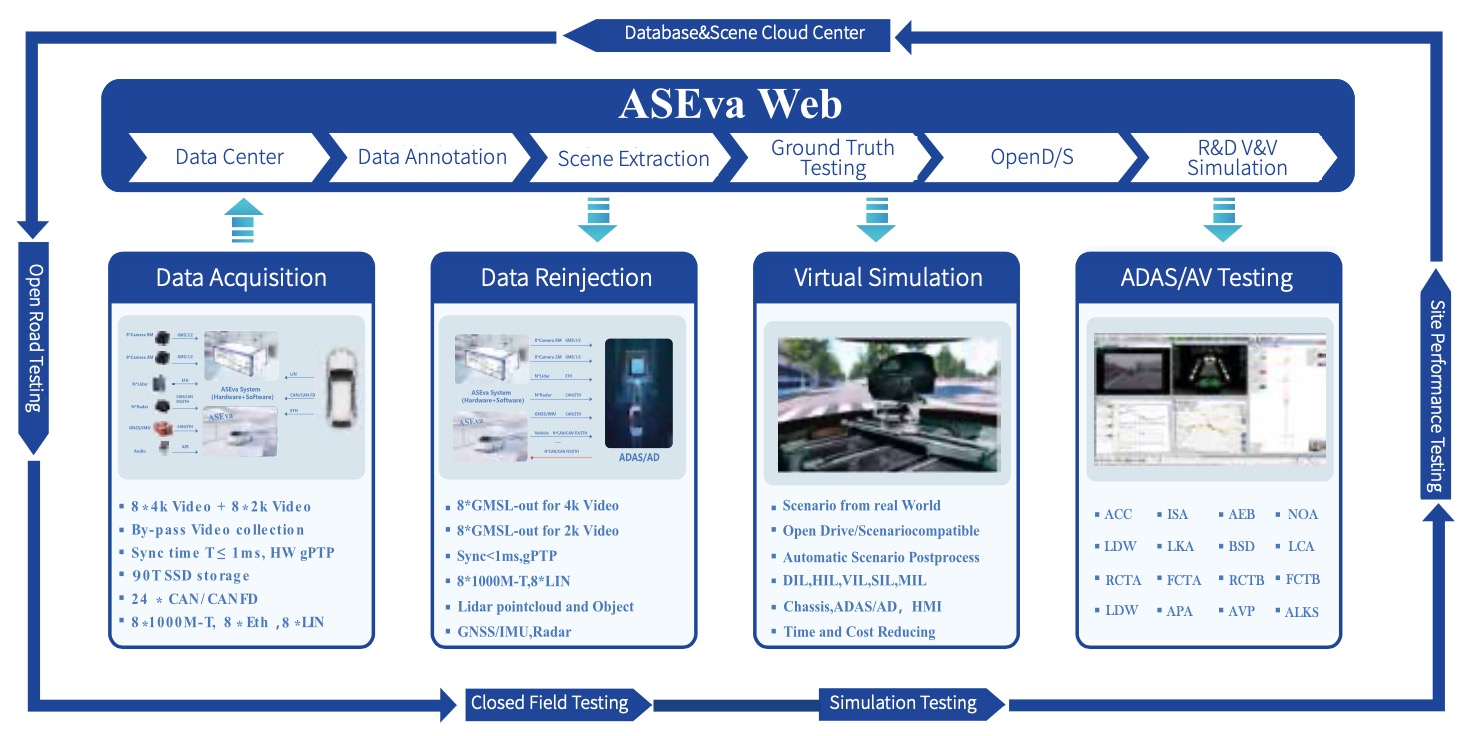
Testing process
1. Equipment installation
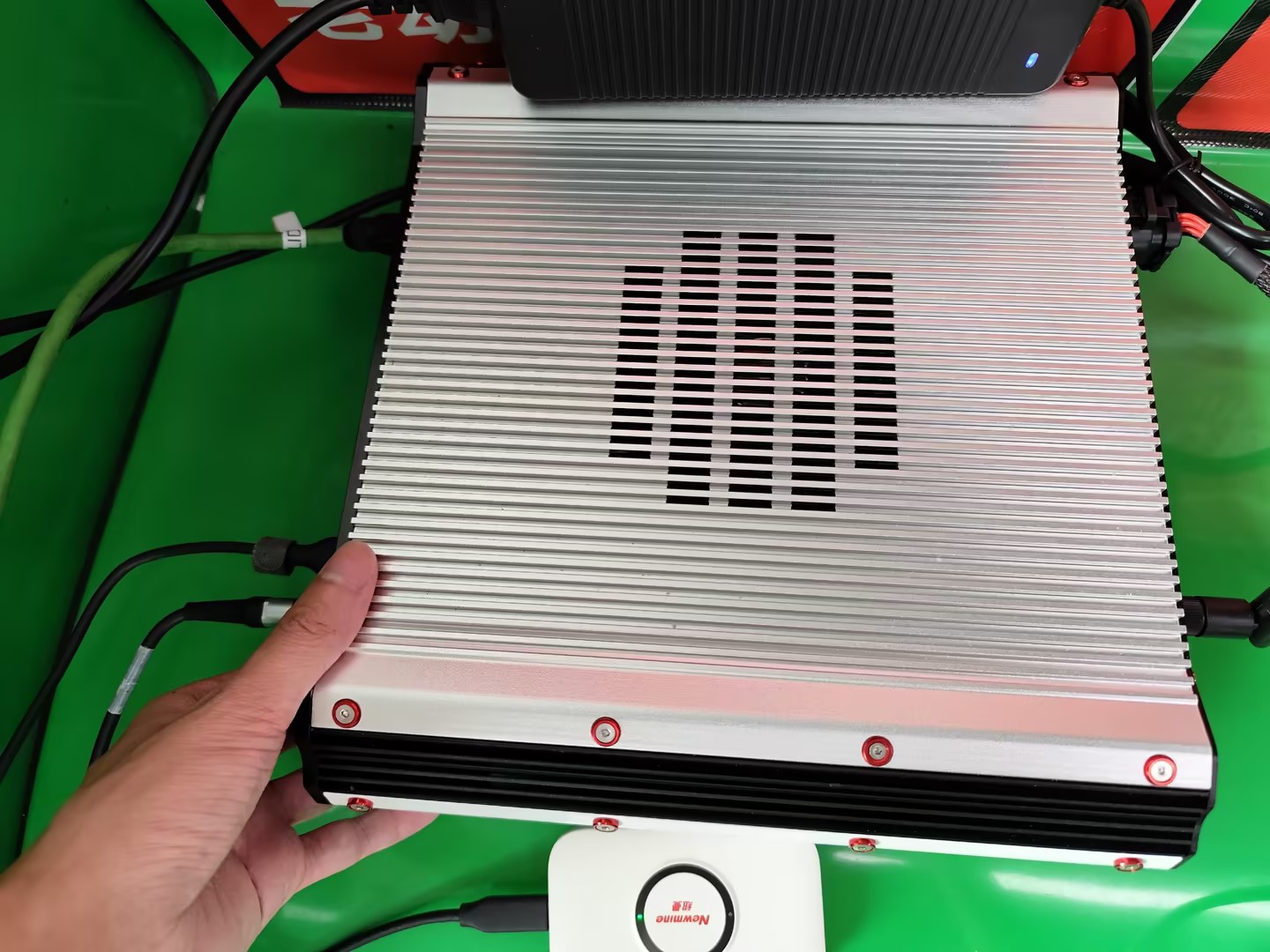
Figure 1. ASEva Industrial Control Computer
Install sensors such as LiDAR, camera, and inertial navigation to install the industrial computer on the seat of the rail train to receive and process data.
2. Data access
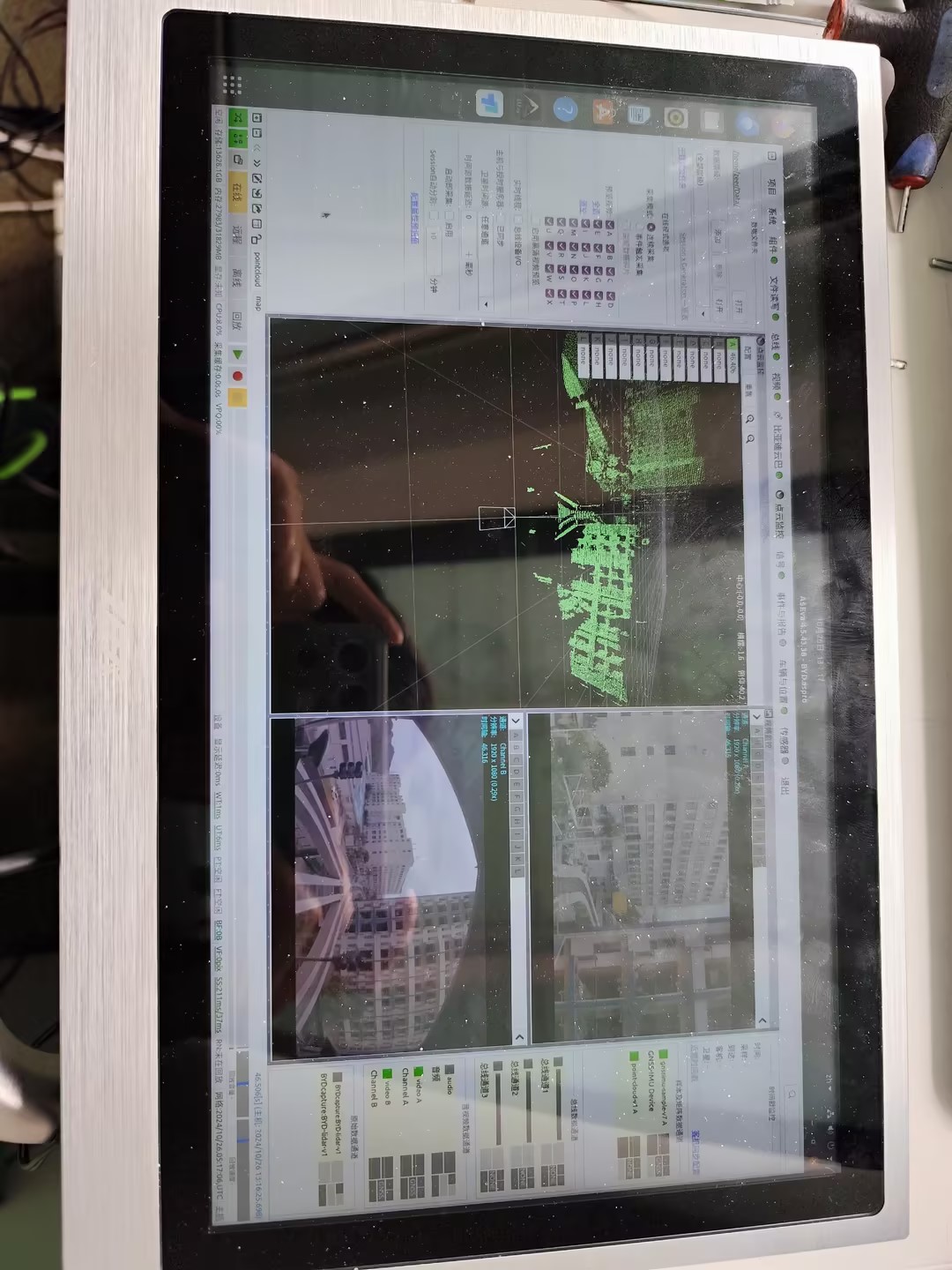
Figure 2. ASEva software page
Integrate point cloud, video and other data into ASEva to synchronize real-time visualization of the screen.
3. Data collection
Testers operate the industrial computer in real-time on the rail train to collect on-site data.
4. Data processing
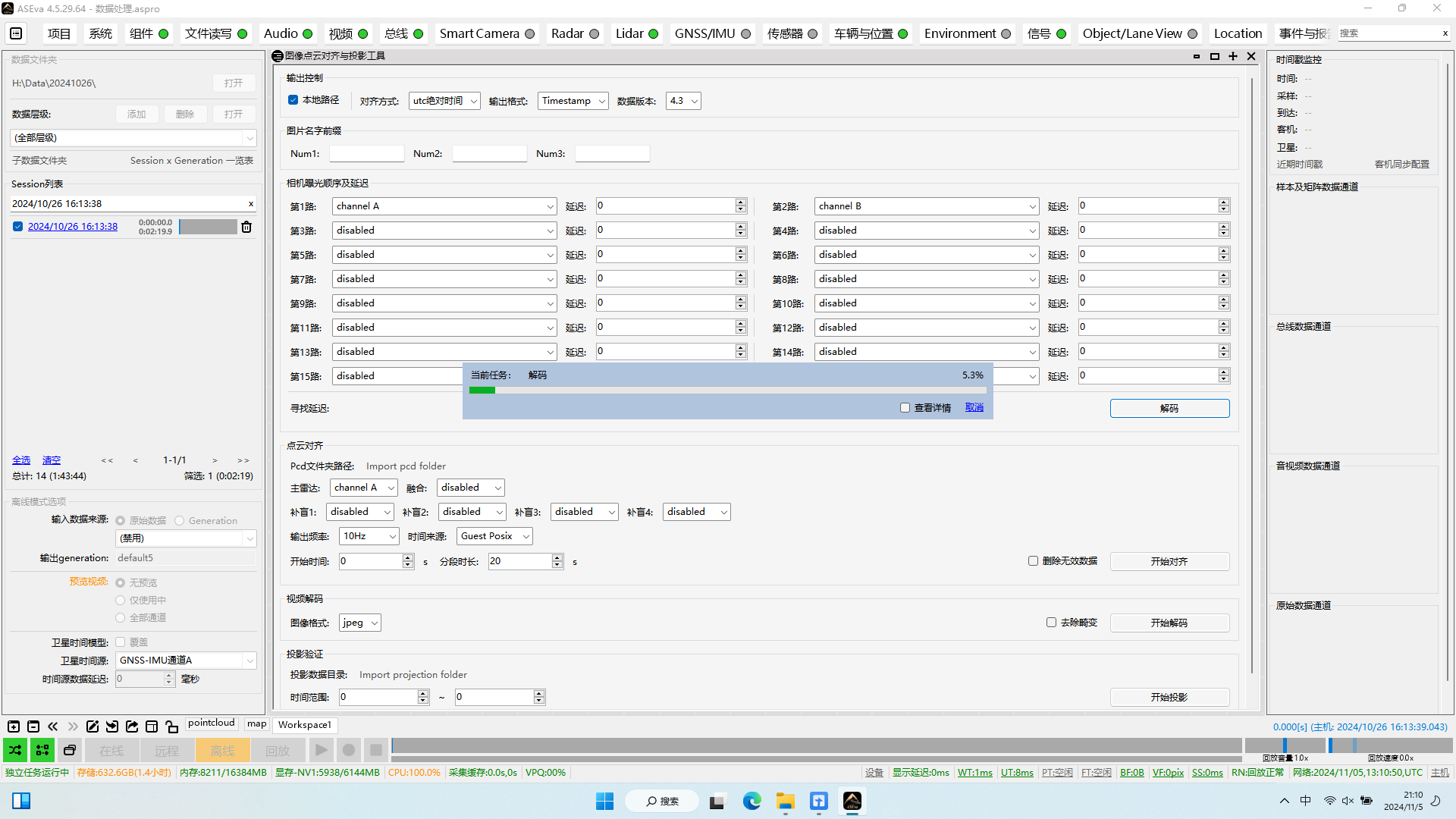
Figure 4. Video Data Decoding
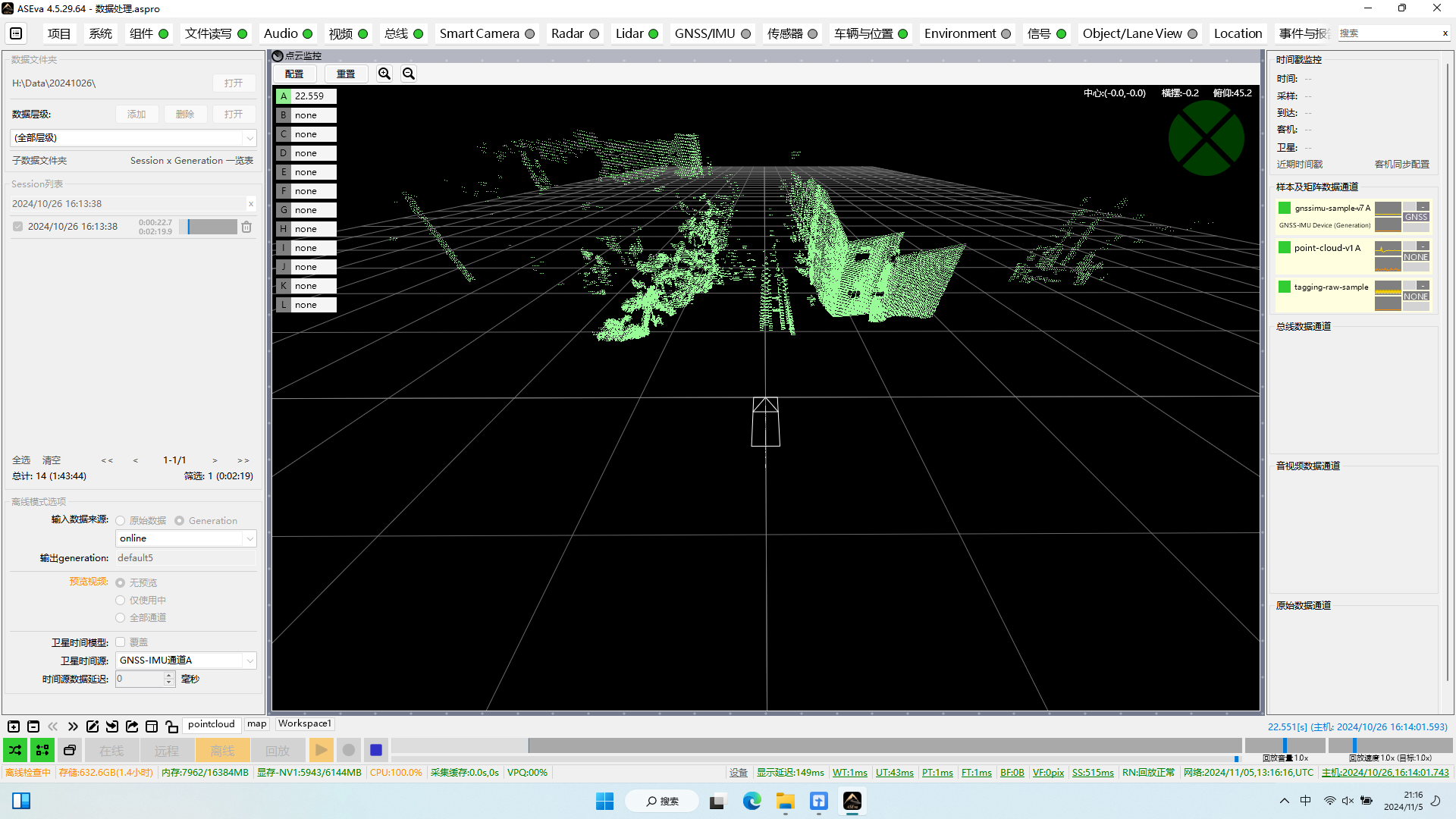 Figure 5. Point cloud data parsing into single frame PCD
Figure 5. Point cloud data parsing into single frame PCD
Test result
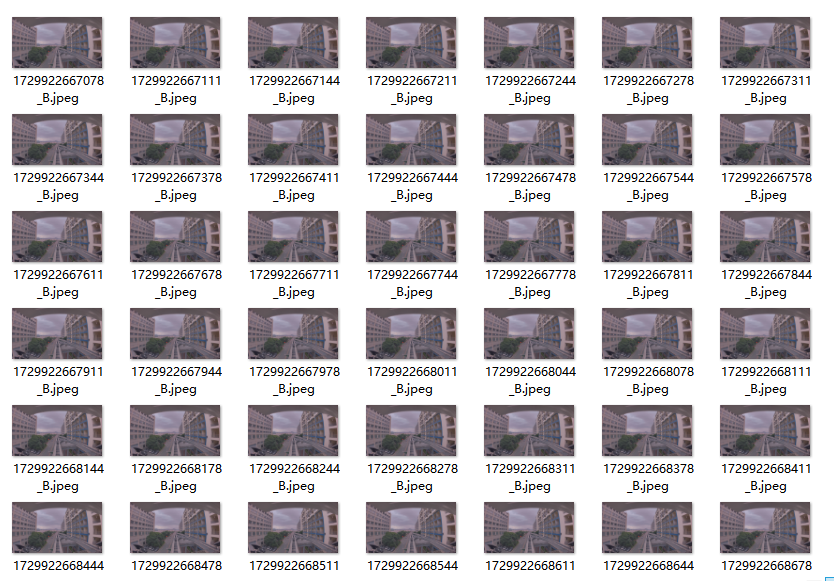
Figure 6. Data Processing
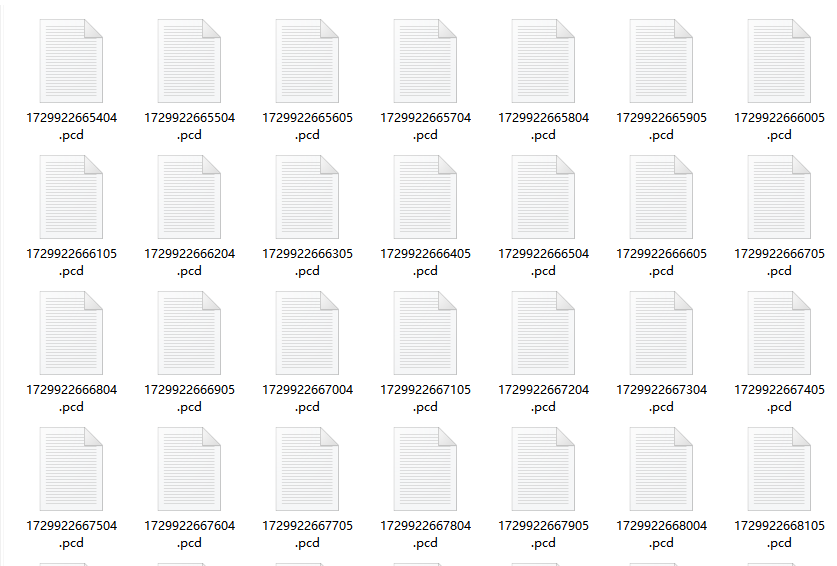
Figure 7. Data Processing
Data result output:
Conducted data collection on rail trains under different weather and lighting conditions: Multiple hours of data were collected on scenarios such as rail trains, tracks, dummies, and cardboard boxes.
2. Video and point cloud data frame extraction processing: processed tens of thousands of frames of images from different scenes and used them for annotation with PCD.